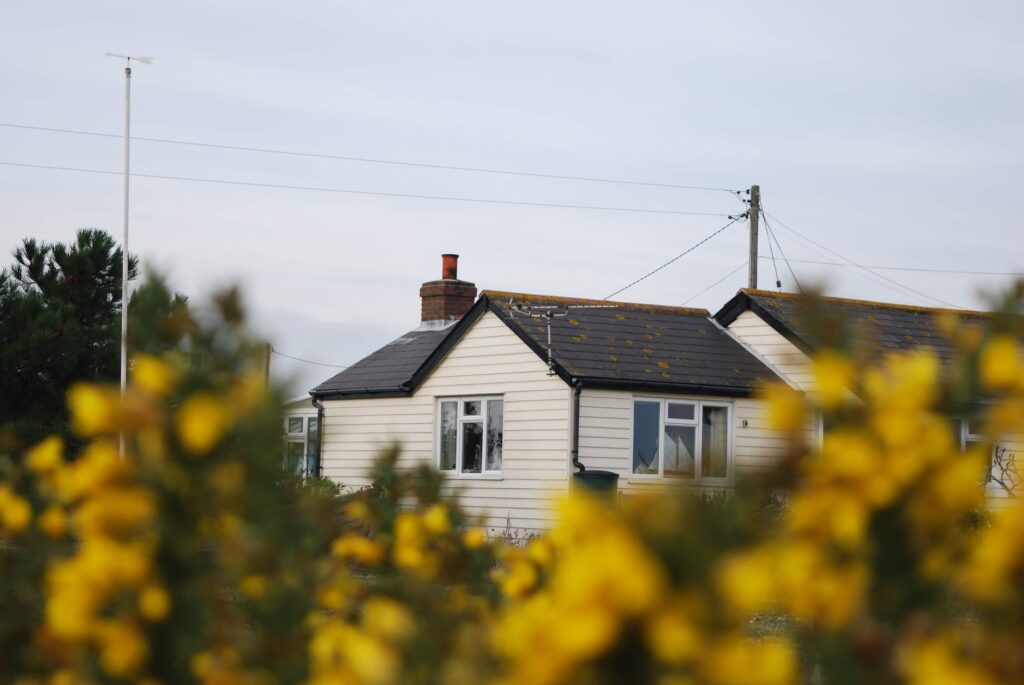
When someone dies, their estate and all personal belongings must be valued up to be divided among any beneficiaries that may be outlined in their will. This includes a full property valuation, along with outlining the financial worth of all assets, savings or debts to HMRC. During this process, it’s important that everything is valued correctly to avoid any misrepresentations or inheritance tax investigations. So, do you need an official house valuation for probate in the UK?
It’s vital that you get an official house valuation for probate from a RICS-registered surveyor. The housing market changes all the time, so it’s important to get a new, up-to-date house valuation from a professional who provides an accurate worth of the property.
Read on to learn more about why you need a house valuation for probate, who organises the valuation, who can carry it out, when a red book property valuation is needed, and much more.
Why Do I Need an Official House Valuation for Probate in the UK?
As a part of the probate registration application, you will need to know the worth of the estate, including every individual property that is in it.
The estimated worth of properties, such as their home or other buildings, will become part of a report that calculates how much inheritance tax you may have to pay. It’s important that this worth is accurate because if the person who has died is a widow or is planning on giving away their home to their children once they pass, the tax due to pay may be higher.
To avoid any miscalculations and to protect you against any investigations, you should get a house valuation from a trusted RICS-registered surveyor.

Who Organises the House Valuation for Probate?
Legally, the person who is named as the executor of the deceased person’s will is responsible for calculating the total of all assets. There may be more than one person who are the deceased’s ‘personal representatives’, or there may be none.
In the case where no representatives are named, or in instances where a will has not been made, an administrator will be appointed.
Who Can Carry Out the Valuation?
Property valuation is a complex process that requires training and in-depth knowledge of the current property market. For this reason, only a Chartered Surveyor should conduct a probate valuation.
According to HMRC’s official guidance, for estates worth over £325,000, a professional house valuation from a chartered surveyor is required. For estates worth under £325,000, or where the entire estate is being passed to a spouse or civil partner, an informal valuation from a professional body may be considered. This could include companies like estate agents that often offer free valuations for houses they sell.
Do I Need a Red Book Valuation for Probate?
Yes, you will need a red book valuation in order to get an accurate valuation for probate. A red book valuation is the standard by which surveyors carry out the valuation. As a quality standard for surveyors, all RICS valuations are classed as red book valuations.
As the term red book valuation refers to the quality standard, they can have different purposes such as probate, shared ownership, or capital gains. Because you need to get an accurate value of the property, you’ll need a red book valuation such as those at Crest Surveyors to get an accurate price.

Selling the Property for More Than the Probate Value
It’s important to consider that you may be taxed more if the property was sold for more than the probate value amount. You may also be liable to be taxed for Capital Gains. Using a professional Surveyor will help to minimise this risk, as your valuation will be in line with current market prices.
Selling the Property for Less Than the Probate Value
So, if you get charged more tax if the property sold for more than the probation valuation, does this mean you will get charged less tax if the property sold lower than its worth? The answer is yes.
If the property sold for less than the appraised value, then you may be entitled to a tax refund for overpayments. Before you apply for a refund, it’s important that you first contact a solicitor to validate your claim and ensure that all laws for this process are followed.

How Do Property Valuations for Inheritance Tax Work?
The executor of the will, or persons responsible for the estate, will be in charge of paying inheritance tax. Every estate has a tax-free allowance of £325,000 including assets, meaning that you are only charged with inheritance tax on any amount that goes above this figure. The current rate of inheritance tax stands at 40%.
For example, if the deceased person’s estate is worth £500,000, and £325,000 of that is tax-free, then inheritance tax will only be charged on £175,000. This means that the total amount payable on an estate worth £500,000 would be £70,000.
House Valuations for Probates in London
At Crest Surveyors, we understand that the probate process can be complex, difficult and overwhelming during a time of mourning. Our team is here to help make this process easier and reduce stress to ensure that all properties are dealt with smoothly after a loved one has passed.
Our team are all RICS Registered Surveyors, and we offer a full probate valuation, and Red Book Valuation. We’ll work closely with you to guide you through all formalities and stages during this time.
This includes our cost-effective pricing system which means we guarantee a fair market price for all services. Our house valuation for probate prices starts from £450, including VAT.
Get in contact with one of our team members to receive a quote on any valuations needed for probate-related enquiries.

House Probate Valuation FAQs
What Does Probate Mean?
Probate is the term used to describe the legal processes that deal with the deceased person’s estate. This includes any properties, possessions and savings.
What Will Happen to the Property After The Valuation?
Once you’ve obtained your probate value for the property, you’ll be provided with a clear indication of how much the property is worth in the current market. What happens to the property next depends on a variety of factors, such as if you’re inheriting the property, or if you’re wishing to sell the property.
How Many House Valuations Do I Need for Probate?
To value the property itself, you’ll only need one house valuation from a RICS-registered surveyor to get an accurate picture of the property’s worth. However, you’ll also need to value the other assets, which might include multiple valuations from experts in different fields if there are items of worth.



